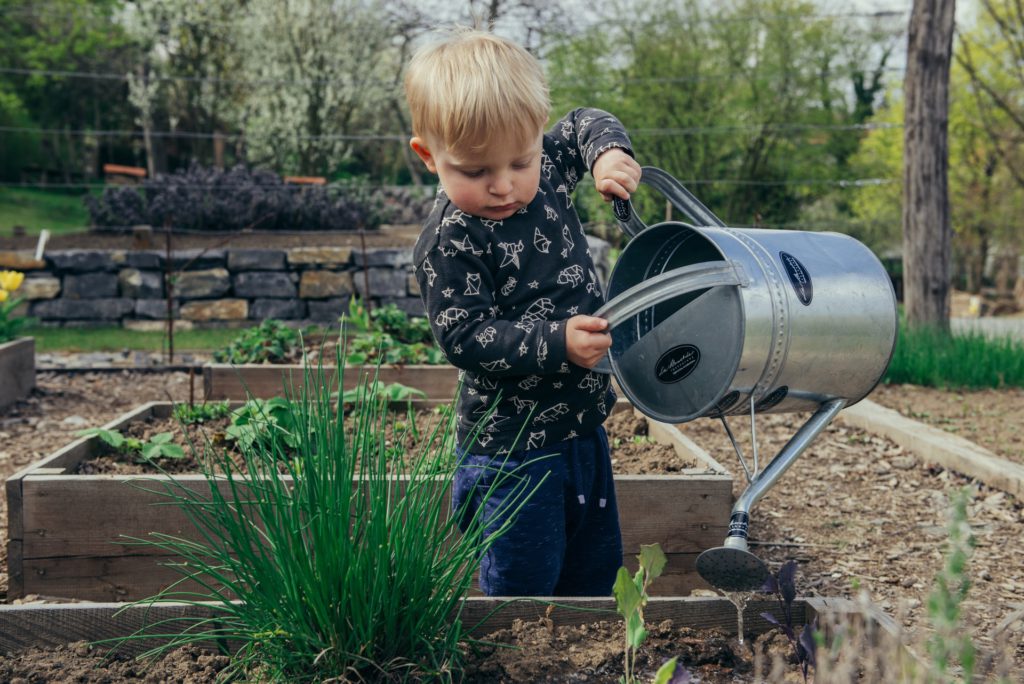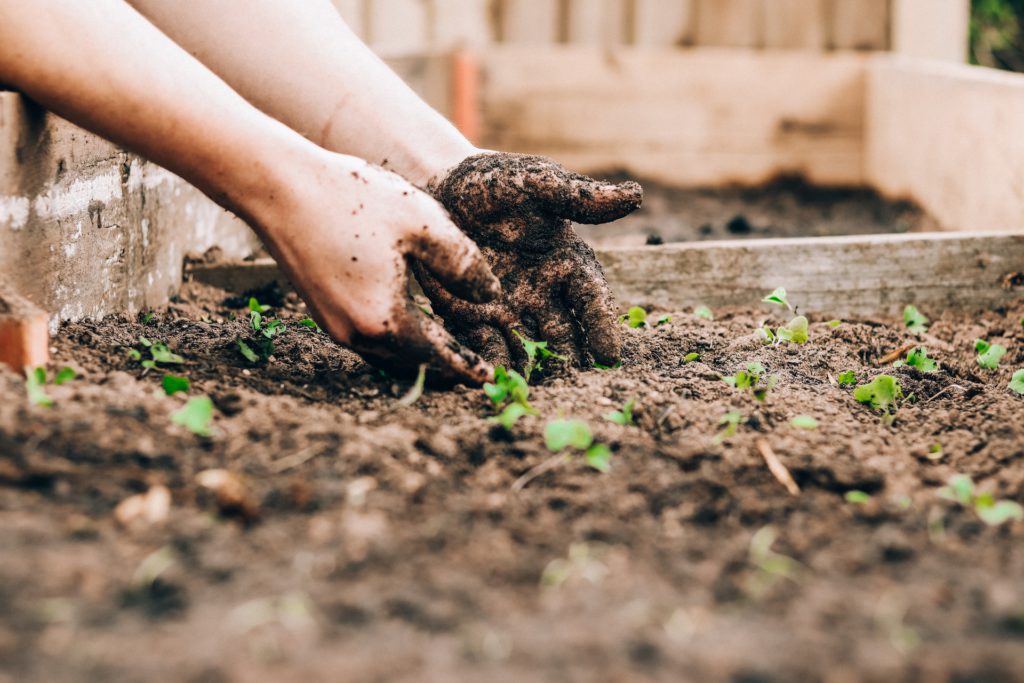Sustainable Living
Curious About How To Grow Vegetables As A Beginner? We Can Help!

What could be more rewarding than cooking your own meals? Why, growing your own vegetables of course! Want to know the best part? Growing your own produce can be of huge benefit to the environment. It can also teach you a lot about patience, planning, and the ways of the natural world. Gardening is also scientifically proven to reduce stress. That sounds like wins all around for us, so let’s jump straight in with some tips on how to grow vegetables as a beginner.
PICK YOUR VEGGIES
It doesn’t have to be just vegetables! You can grow fruit and even your own herbs to spice up your dishes. However, vegetables are always a good place to start. They are the staple of many a dish, even serving as healthy standalone snacks, so here are a few of our personal recommendations. We know it can be a little overwhelming to pick a starting point.
- Courgettes are by far some of the easiest vegetables to grow for beginners. Their seeds are large and not tricky to handle, so you can even get your children involved in the planting process if you wish! All you need is one plant to start with and you can harvest them small or wait until they grow full-sized.
- Potatoes. A common ingredient in many a dish. Potatoes require a little planning and may be better attempted when your thumb is at least a little green — but as it goes, they’re rather easy to maintain. Aim for ‘seed potatoes’ if you can, as these potatoes are grown specifically to be replanted at home.
- Onions. As we all know from Shrek, onions have layers and are complex — but growing them yourself isn’t! You simply plant one and watch it grow to a bigger onion; they’re super easy for children to plant, much like courgettes, and shallots grow in a very similar way if you’re a fan of those as well.
PLAN ACCORDING TO THE SEASON
The best tip we can give on how to grow vegetables as a beginner is to plan. Plan, plan, plan! Mostly at the beginning of the year. Spring is a lucrative season for farming, summer arguably even more so in some cases, so spend the beginning of it making a solid game plan on what vegetables you’re going to grow, where, and in what time periods. It’ll save you a bunch of time and stress.
When you purchase seed packets or ‘seed potatoes’ and the like, there will more often than not be instructions on the back of the packet. These instruct you when to sow each selection of seeds and ordinarily how. They will also instruct you on how far apart to lay out your seeds, which is another important part of the planning process.

MEASURE YOUR GARDEN SPACE
It’ll be no good if you get all of your seeds and equipment purchased, but then end up with nowhere to plant them! Seeds and vegetables are often required to be planted in a certain formation. This is done to ensure the best growth. Equally, if your crops are overshadowing each other, it’ll be bad for their health.
If you don’t have a large garden, you can grow small clusters of crops in window pots or growing bags. For example, when you’re a bit more experienced, you can try your hand at growing some basil in your kitchen window! General tips would be to not grow any plants too close together. Seed packets will usually tell you exactly how much space your crops need, so be sure to read the back thoroughly.
DEFEND YOUR SPOILS
The last thing we want is for you to get your beginner’s garden thriving, only for it to come under siege from snails or slugs. However, wildlife-friendly slug pellets should only be used as a last resort. There are other ways to keep our slimy friends at bay.
For one, copper tape acts as a useful barrier. Encircle your crops with it and keep them free of becoming a food source for the local critters. Additionally, you can begin to grow certain crops inside. For example, in windowsill boxes or standalone pots made for growing fruits and vegetables. When you’re more confident, or perhaps when you’re stocked up on copper tape, you can then migrate them outside.
SUPPORT THOSE PLANTS
Some crops will require the use of a stake in order to stand up properly. Why does it matter if they lean a little, you ask? Some plants need to be trained to grow upright. If not, they can curl in on themselves, shield themselves from sunlight, and eventually wither and die.
You can purchase stakes specifically made for such use in your local gardening shop. B&Q have a wealth of gardening supplies available and their staff is trained to answer any questions you may have. We were all beginners once! Additionally, you can buy gardening supplies online if need be — with Amazon having a wide array of options from different brands.
KEEP A WATERING SCHEDULE
This is by far one of the most crucial tips on how to grow vegetables as a beginner. It can be easy to forget when you’ve watered your crops, and which crops you’ve watered. Some require different amounts of water at different times. Some can dry out a little without damage, others must stay moist at most times.
We’d recommend keeping a journal, or perhaps a notes section on your phone, dedicated solely to gardening. It’s very fun and relaxing, but there’s a lot that can go into it! Once you settle into your new role as a gardener ( and produce farmer! ) you’ll find a routine that will come naturally to you. However, at first, it’s recommended to keep your routine documented so you don’t lose track of it. We wouldn’t want all of your hard work to go to waste!
Now that you’re getting started on filling your garden with yummy crops, why not throw some eco-friendly decoration in there too? Learn how to upcycle your waste with our handy blog post here.




